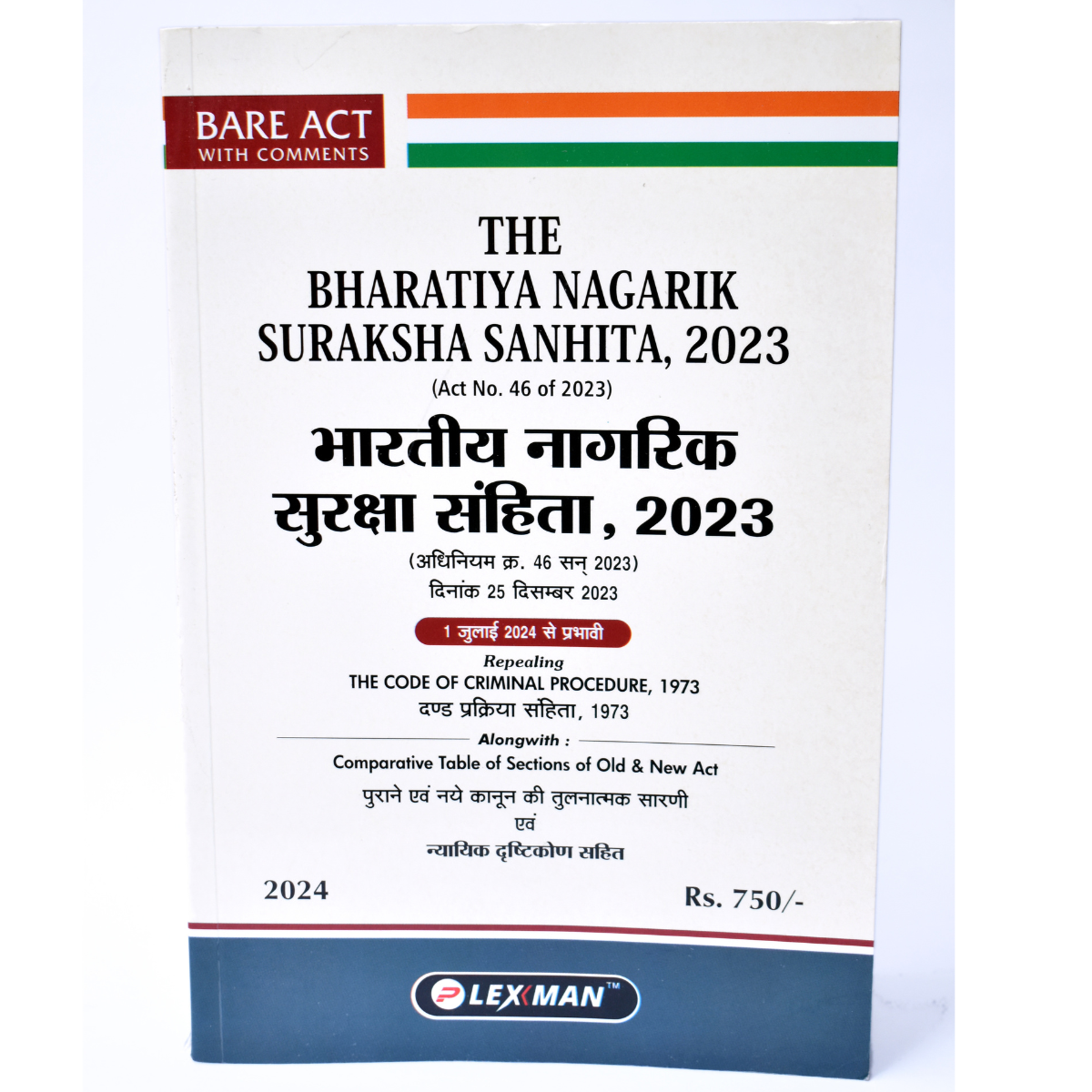



Bharatiya Nyaya Sanhita" offers a comprehensive exploration of India's legal system, tracing its historical roots, key principles, and contemporary challenges, providing a vital resource for understanding the country's judicial framework.
Historical Evolution: Traces the evolution of Indian jurisprudence from ancient texts to the modern legal system established under British rule.
Foundational Principles: Explores fundamental principles such as justice (dharma), equity (nyaya), and the rule of law (vidhi) that underpin Indian legal philosophy.
Judicial Structure: Provides an overview of the hierarchical structure of the Indian judiciary, including the roles and jurisdictions of lower courts, High Courts, and the Supreme Court.
Landmark Cases: Discusses significant legal cases that have shaped Indian law and influenced interpretations of the Constitution and other legal frameworks.
Contemporary Issues: Addresses current challenges faced by the Indian legal system, including judicial backlog, access to justice, and reforms needed to adapt to modern realities.
Bharatiya Nagrik Suraksha Sanhita" outlines India's legislative efforts to ensure citizen safety, encompassing laws, provisions, and enforcement strategies aimed at protecting rights and enhancing public security.
Comprehensive Legal Framework: Explores the legislative framework dedicated to safeguarding Indian citizens' safety and security.
Protective Measures: Details provisions aimed at preventing crime, enhancing public safety, and protecting citizens' rights across the nation.
Roles and Responsibilities: Clarifies the responsibilities of law enforcement agencies, government bodies, and citizens in implementing and upholding the provisions of the law.
Impact Assessment: Evaluates the effectiveness of the legislation in addressing security challenges and protecting citizens in diverse socio-cultural contexts.
Future Directions: Discusses strategies for strengthening citizen safety measures, adapting to evolving threats, and improving public trust in law enforcement and judicial processes.